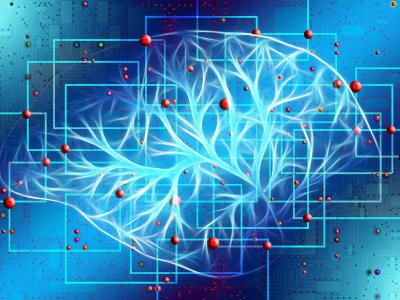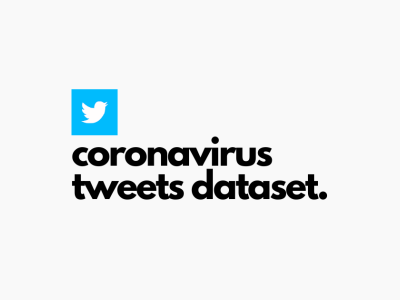ECG data for deep transfer learning

- Citation Author(s):
- Submitted by:
- Joerg Schaefer
- Last updated:
- DOI:
- 10.3390/info12020063
- Data Format:
- Links:
 1462 views
1462 views
- Categories:
- Keywords:
Abstract
Fall is a prominent issue due to its severe consequences both physically and mentally. Fall detection and prevention is a critical area of research because it can help elderly people to depend less on caregivers and allow them to live and move more independently. Using electrocardiograms (ECG) signals independently for fall detection and activity classification is a novel approach used in this paper. An algorithm has been proposed which uses pre-trained convolutional neural networks AlexNet and GoogLeNet as a classifier between the fall and no fall scenarios using electrocardiogram signals. The ECGs for both falling and no falling cases were obtained as part of the study using eight volunteers. The signals are pre-processed using an elliptical filter for signal noises such as baseline wander and power-line interface. As feature extractors, frequency-time representations (scalograms) were obtained by applying a continuous wavelet transform on the filtered ECG signals. These scalograms were used as inputs to the neural network and a significant validation accuracy of 98.08% was achieved in the first model. The trained model is able to distinguish ECGs with a fall activity from an ECG with a no fall activity with an accuracy of 98.02%. For the verification of the robustness of the proposed algorithm, our experimental dataset was augmented by adding two different publicly available datasets to it. The second model can classify fall, daily activities and no activities with an accuracy of 98.44%. These models were developed by transfer learning from the domain of real images to the medical images. In comparison to traditional deep learning approaches, the transfer learning not only avoids “reinventing the wheel,” but also presents a lightweight solution to otherwise computationally heavy problems.
Instructions:
see readme.pdf








